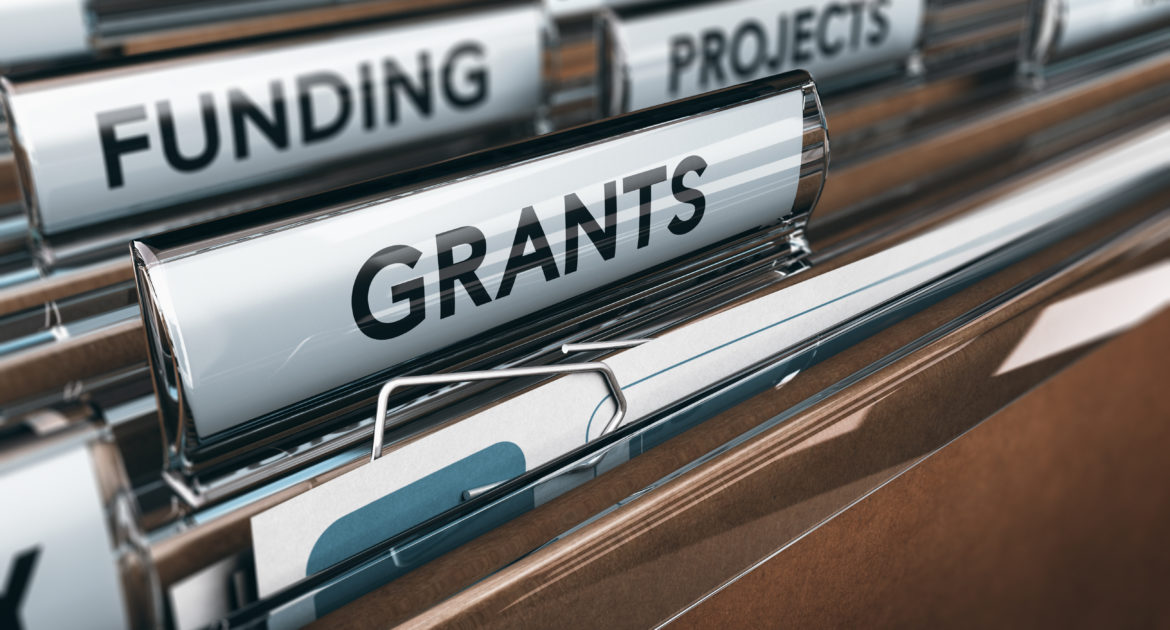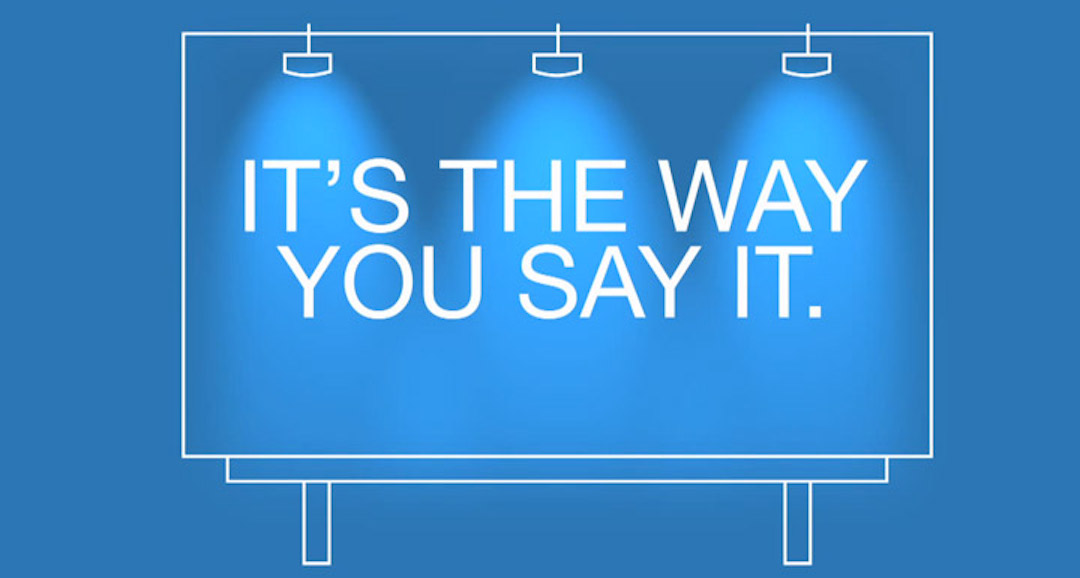I am the type of person whose brain is constantly thinking, even in my sleep. The harder the problem, the more likely I am to have several nights of sleep interrupted by fragments of thought my brain is trying to work through. Two weeks ago, this was my situation.
I was preparing to submit a grant to a funder on the cutting edge of the equity discussion. As a significant funder with a large corpus, the Health Forward Foundation is leading by example and investing in organizations that otherwise might be overlooked by other foundations.
My client serves a population not in Kansas City, Missouri proper, but one whose challenges mirrored those living in the middle of the city: high unemployment, low-paying jobs for those who are employed, high mobility for families struggling to pay their rent, and families in and out of homelessness when ends did not always meet. Families struggle with the trauma common to multi-generational poverty. Children struggle with adverse childhood experiences. But there are no mental health resources located in the community, and this is what my grant was trying to address.
The grant had been drafted for over a week when the demonstrations against systemic racism began. As I watched, listened, read, and thought, this grant proposal started to bother me. Had I truly reflected the need of the population and the context of the situation? How had I described the population who would receive these services – as those
in need or those
with a need? Were we truly putting forth the best portrayal of the client organizations we serve? Were we showing the strengths of the clients they serve? Were we doing anything to push back against systemic racism?










